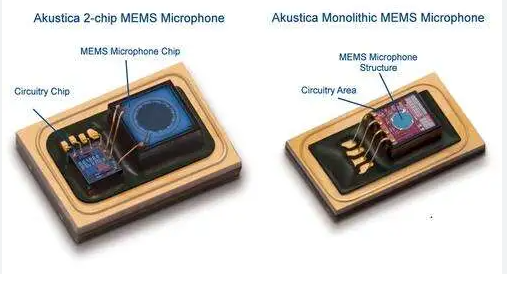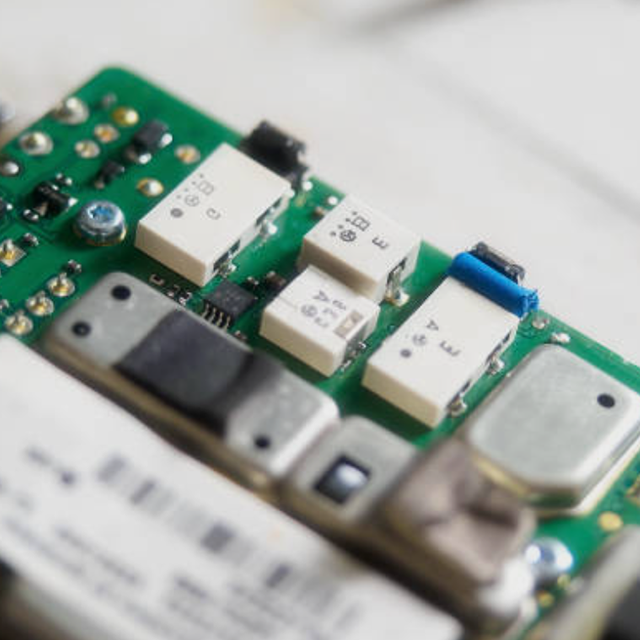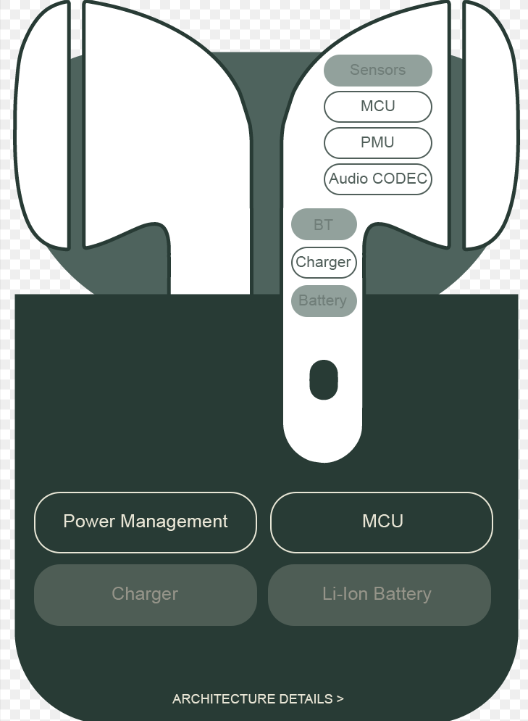Introduction
MEMS (Micro-Electro-Mechanical Systems) microphones have become a cornerstone of modern acoustic sensing in smartphones, smart speakers, and other portable electronics due to their compact size, robust construction, and reliable acoustic performance. As the demand for tighter acoustic matching between devices increases, manufacturers are looking for innovative ways to minimize microphone sensitivity deviation and optimize signal-to-noise ratio (SNR) across production batches.
At Wuxi Silicon Source Technology Co., Ltd., we’ve adopted a cutting-edge approach: post-fabrication trimming of MEMS microphones by programmable bias and gain control, dramatically reducing deviation while maintaining superior audio quality.
Why Sensitivity Deviation Matters in MEMS Microphones
In modern mobile phones and smart devices, multiple MEMS microphones are often integrated for advanced audio processing tasks such as beamforming, noise cancellation, and voice recognition. However, fabrication tolerances in MEMS and ASIC chips can introduce sensitivity mismatches of up to ±3 dB, leading to suboptimal performance.
Traditionally, sorting or binning MEMS and ASIC chips before assembly is used to maintain uniformity. However, this method is costly and inefficient at high volume. A programmable approach, by contrast, enables high precision trimming after assembly, reducing sensitivity deviation to ±0.5 dB and ensuring consistent acoustic performance across all units.
How It Works: Programmable MEMS Microphones
Our innovative MEMS microphone design integrates:
- A differential double-backplate MEMS sensor
- A programmable ASIC with one-time programmable (OTP) logic
- A ceramic package with optimized front and back volumes
These elements work in tandem to provide fine control over acoustic response. By programming the bias voltage of the capacitive sensor and the gain of the output pre-amplifier, the microphone’s sensitivity can be adjusted post-fabrication within a span of 11.2 dB.
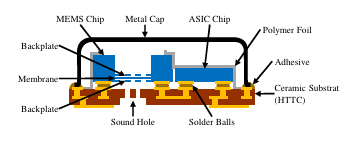
✅ Learn more about MEMS microphone structure in our MEMS Microphone Design Guide.
Results: Industry-Leading Tuning Accuracy
In a test production batch, the standard deviation of microphone sensitivity was:
- Before programming: 0.97 dB
- After programming: 0.11 dB
The microphones consistently met a tight ±0.5 dB sensitivity spec. Moreover, by selecting optimal combinations of bias and gain settings, we achieved SNRs exceeding 66.5 dB(A).
Figure: Sensitivity Distribution Before and After Trimming
(Available in the full technical white paper upon request.)
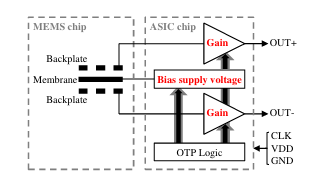
Benefits for OEMs and Audio Device Designers
- Reduced need for chip binning
- Lower rejection rates in production
- Tightly matched microphones for array processing
- Optimized performance for voice UI and ANC (Active Noise Cancellation)
Whether designing TWS earbuds, smartphones, or industrial audio systems, precision-trimmed MEMS microphones offer a clear path to acoustic consistency and quality.
Explore More
- 🔍 Discover our full range of MEMS microphones
- 📘 White Paper: MEMS Microphone ASIC Integration and Bias Control (external reference)
- 🧠 Voice Processing Algorithms for Smart Microphones
Conclusion
By leveraging programmable trimming techniques, Wuxi Silicon Source Technology Co., Ltd. is setting new standards in sensitivity control and acoustic matching for MEMS microphones. Our technology ensures every microphone meets stringent specifications, paving the way for more reliable and higher-performing voice interfaces.
🔗 Contact us to request samples or collaborate on your next smart audio project.
